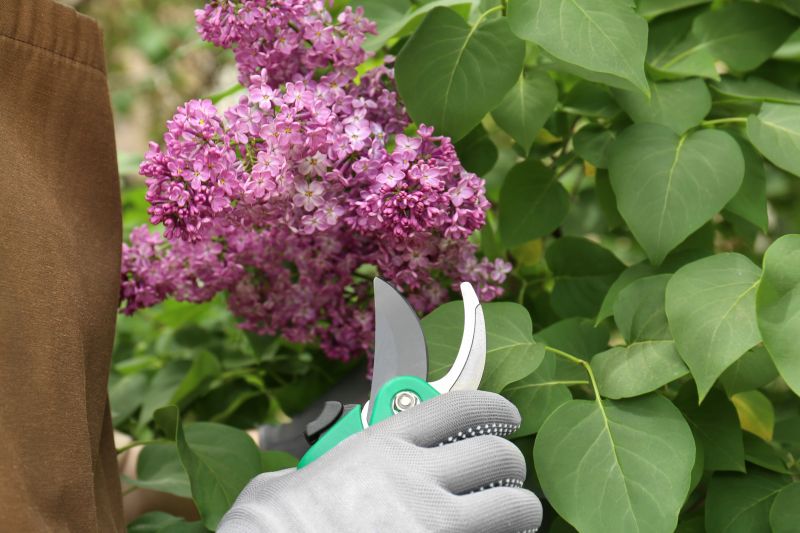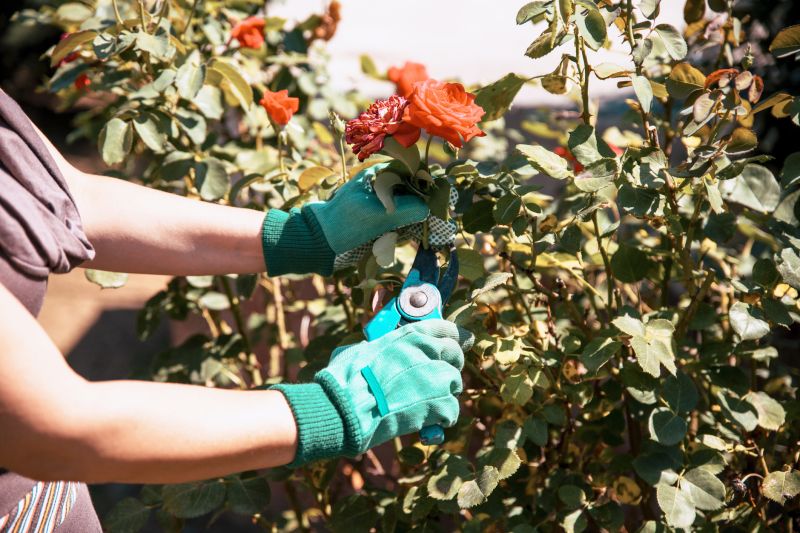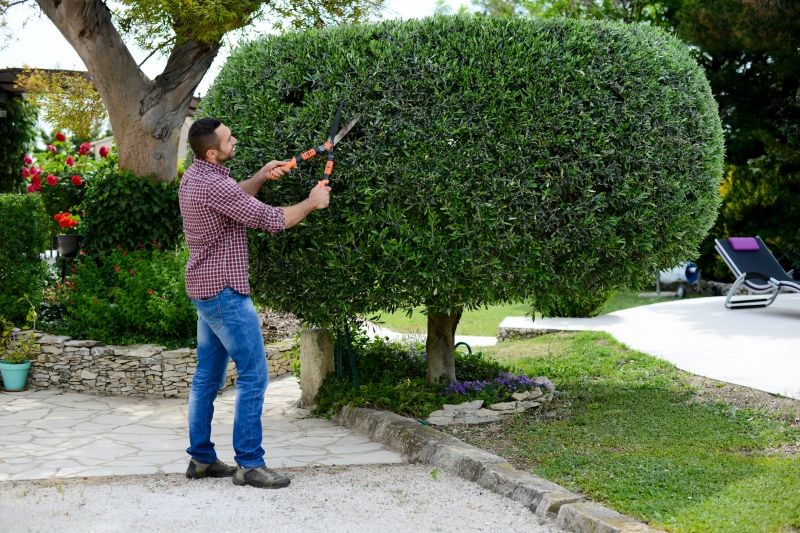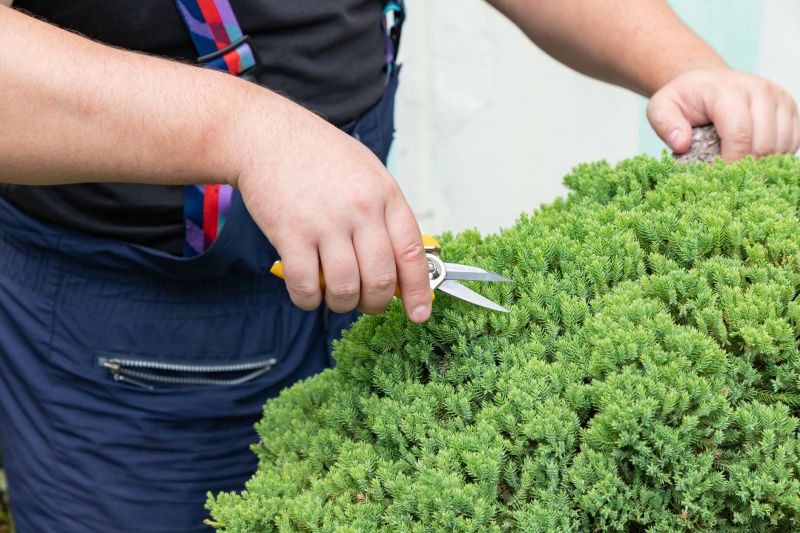Optimal Timing for Bush Pruning
Bush pruning is a vital horticultural practice that influences plant health, growth, and appearance. Timing of pruning significantly impacts the plant's ability to recover and flourish. Understanding seasonal patterns and plant-specific needs ensures optimal results.
Pruning in early spring encourages new growth and helps shape the bush for the upcoming growing season.
Light pruning during summer can control size and remove dead or diseased branches without stressing the plant.
Late fall pruning prepares bushes for winter dormancy and can promote healthy growth in the spring.
Major pruning during winter is suitable for certain species, especially when the plant is dormant, reducing stress and disease risk.

Pruning during early spring prepares bushes for vigorous growth.

Light summer pruning maintains shape and health.

Fall pruning supports winter dormancy and future growth.

Ways to make Bush Prunings work in tight or awkward layouts.

Popular materials for Bush Prunings and why they hold up over time.

Simple add-ons that improve Bush Prunings without blowing the budget.
| Season | Recommended Timing |
|---|---|
| Spring | Early to mid-spring before new growth appears. |
| Summer | Late spring through mid-summer, with light pruning. |
| Fall | Late fall after blooming, before dormancy. |
| Winter | During dormancy, for certain species. |
| Post-Bloom | Immediately after flowering for shaping. |
Proper timing of bush pruning is essential for maintaining plant health and aesthetics. Pruning at the right time minimizes stress and maximizes flowering and fruiting potential. Each season offers specific advantages, and selecting the appropriate period depends on the plant species and desired outcomes.
